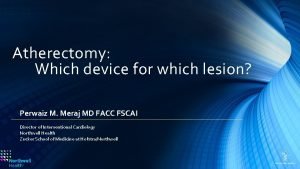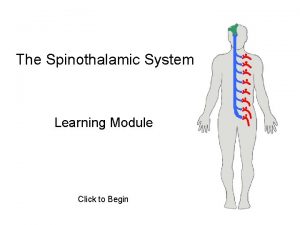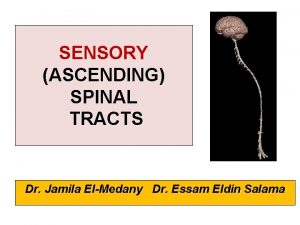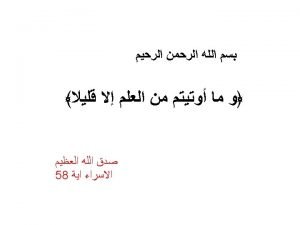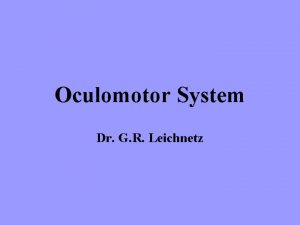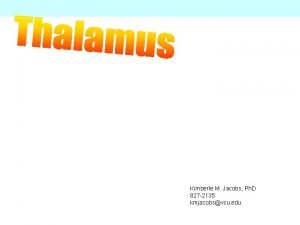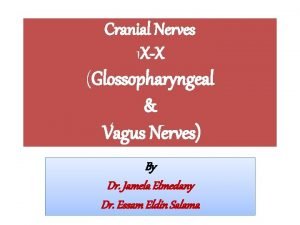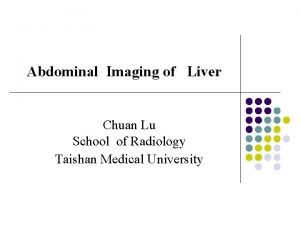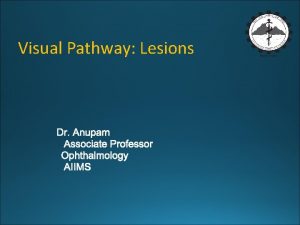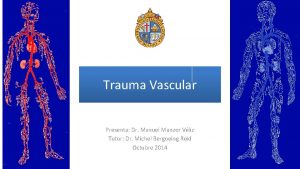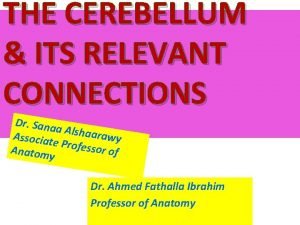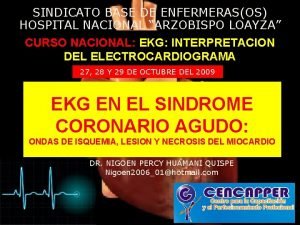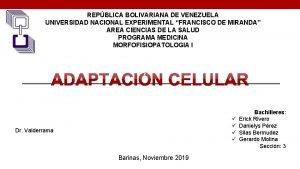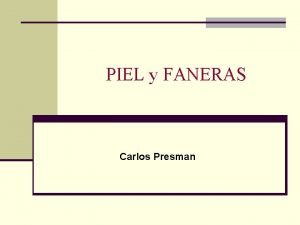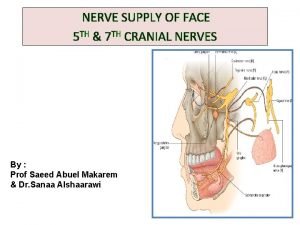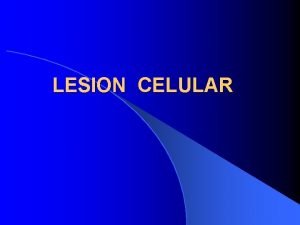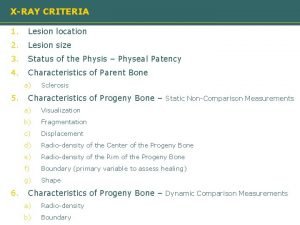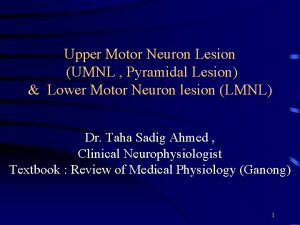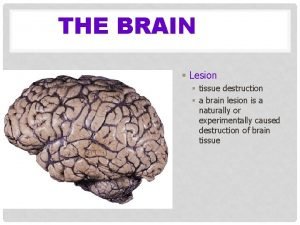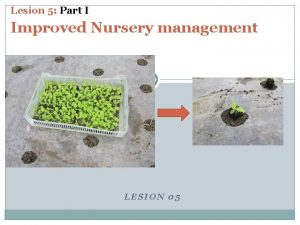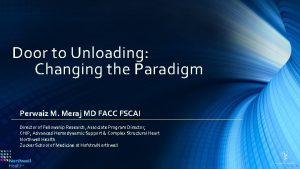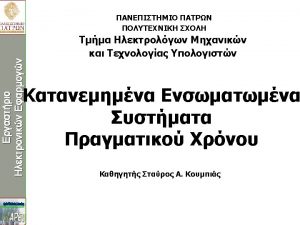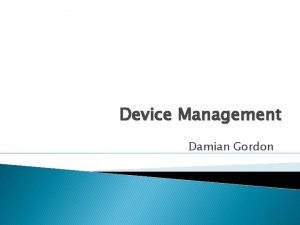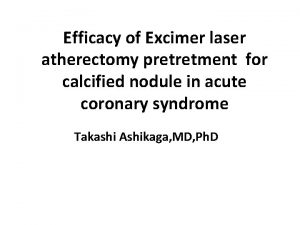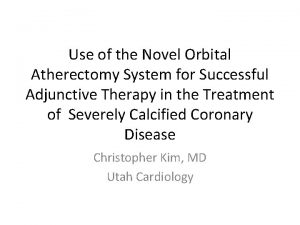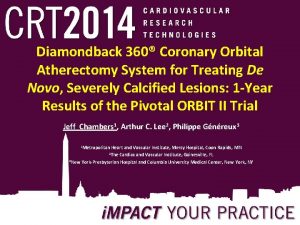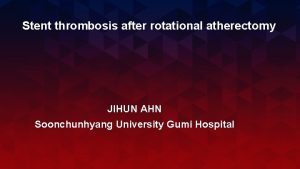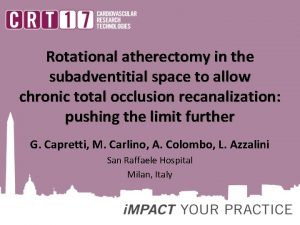Atherectomy Which device for which lesion Perwaiz M























- Slides: 23

Atherectomy: Which device for which lesion? Perwaiz M. Meraj MD FACC FSCAI Director of Interventional Cardiology Northwell Health Zucker School of Medicine at Hofstra/Northwell

Faculty Disclosures • Relationship: Entity or Entities • Advisory Board/Consultant/Grants or Research Support • Abiomed, Boston Scientific, CSI, Medtronic


Rotational vs. Orbital Atherectomy Rotablator® CSI Diamondback Burr spins concentrically on wire Crown oscillates in orbital path Lumen size = burr size Lumen size = f(time, speed, passes) Burr Action Lumen Sizing 5 µ exposed diamonds Grit Size Data presented by J. Moses at CRF Fellows 2014. 10 µ exposed cutting surface

Rota Wires

Orbital Wires

COAP-PCI Meraj et al. JOIC 2018

Meraj et al. JOIC 2018

Goel et al. , J Am Coll Cardiol. 2019 Mar, 73 (9 Supplement 1) 1043

Lesion Characteristics SE PAR A TING MYTH F ROM REALITY

Vessel Size • Larger the vessel • OA is more effective while keeping the same burr size • OA allows for maintaining the need for only 6 fr sheath • Smaller the vessel • RA is safer with smaller vessels, while being as effective • RA engages smaller vessels better

Vessel Tortuosity • More Tortuous • RA due to its floppy wire is less prone to wire bias, but this is improved with new viperwire • RA tracks tortuosity better, although handle with care • Less Tortuous • RA and OA are equally effective

Concentric Calcium or Ostial Lesions • Very tight Concentric Calcium: • More concentric and tight • RA front ‘cuts’ thus engages lesions better than OA • RA can also stall and be stuck if a pecking style in not employed • Ostial Lesions (ie. o. RCA and o. LM) • RA remains the ideal choice due its concentic rotation • OA may damage the aorto-ostial junction – technique is key, • If OA is used it can be placed past the lesion and retrograde atherectomy can be performed


Number of TVPs Placed and Activated (Jan 2012 – June 2015)

Atherectomy Action Differences • Bi-directional Atherectomy: • Without question a huge advantage of OA • Allows for similar atherectomy with fewer passes thus decreasing total time of case • Eliminates the ‘stuck burr’ issue • Orbital vs. Concentric Motion • The orbital motion may account for flow during atherectomy, theoretically decreasing no-reflow or slow-flow complications compared to RA • May also decrease the need for TVP activation • Though the 120 k rpm speed (high speed) may be more deleterious for the reflow phenomenon

New vs. Old Stents • Avoid OA if at all possible as the orbital nature may disrupt new stents • Isolated reports of unapposed struts being mangaled • Can successful performed OA in old stents – handle with care. • RA is still the ideal option as it will maintain a central location and obliterate stents if needed • Need to maintain good technique or burr entrapment may occur • Up-size the burr to avoid this – handle with care

Sub-Intimal Space • Rotational • Tried and tested in the CTO space – safe and effective (although riskier than luminal) • Dissections will be worse • Orbital Atherectomy • Minimal experience • Would be interesting to see what happens …

Conclusion • Lesion specific differences lend using rotational or orbital • Tortuosity • Size • Presence of Stents • Concentric calcium can be difficult for orbital • However techniques have been described • Radial or femoral: Both devices work great • Unlikely to ever see a head-to-head randomized study




Thanks! Northwell Health PMeraj@northwell. edu 516 -562 -3317 Follow on Twitter: @Perwaiz. Meraj
 Csi atherectomy setup
Csi atherectomy setup Internal input devices
Internal input devices Heterogeneous hypoechoic lesion in liver
Heterogeneous hypoechoic lesion in liver Lateral spinothalamic tract
Lateral spinothalamic tract Spinocerebellar tract
Spinocerebellar tract Lmnl vs umnl
Lmnl vs umnl Pprf mlf pathway
Pprf mlf pathway Fractura monteggia y galeazzi
Fractura monteggia y galeazzi Lmn disease
Lmn disease Thalamus function
Thalamus function Lesion to vagus nerve
Lesion to vagus nerve Coarse echotexture
Coarse echotexture Components of visual pathway
Components of visual pathway Pirad 4 lesion prostate
Pirad 4 lesion prostate Signos duros y blandos de lesion vascular
Signos duros y blandos de lesion vascular Toracica alta
Toracica alta Patron colestasico
Patron colestasico Posterolateral fissure cerebellum
Posterolateral fissure cerebellum Infarto subendocardico
Infarto subendocardico Definicion de lesion celular
Definicion de lesion celular Molusco contagioso lesion elemental
Molusco contagioso lesion elemental 5th nerve palsy
5th nerve palsy Tejido vitalizado
Tejido vitalizado Subendocardia
Subendocardia
